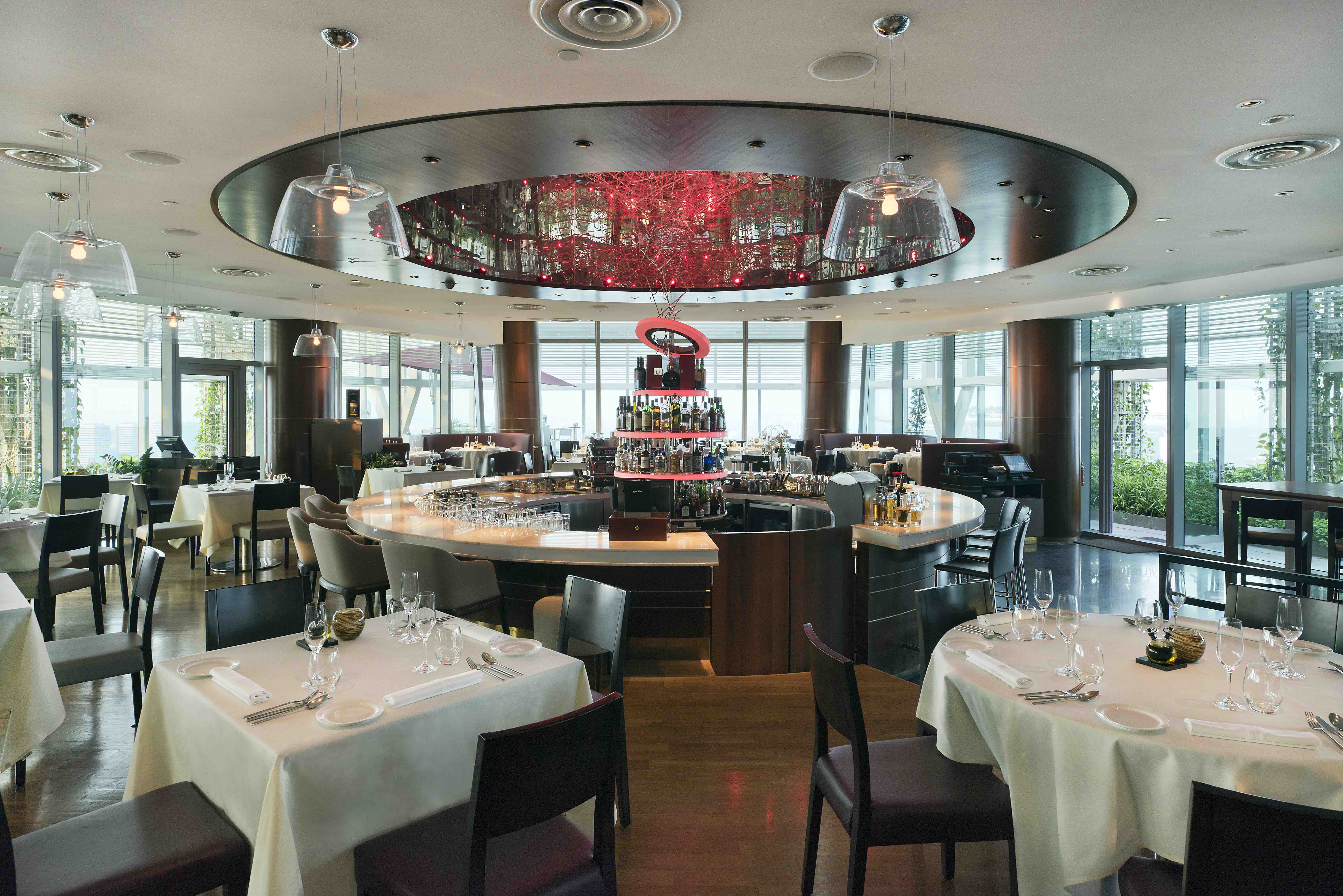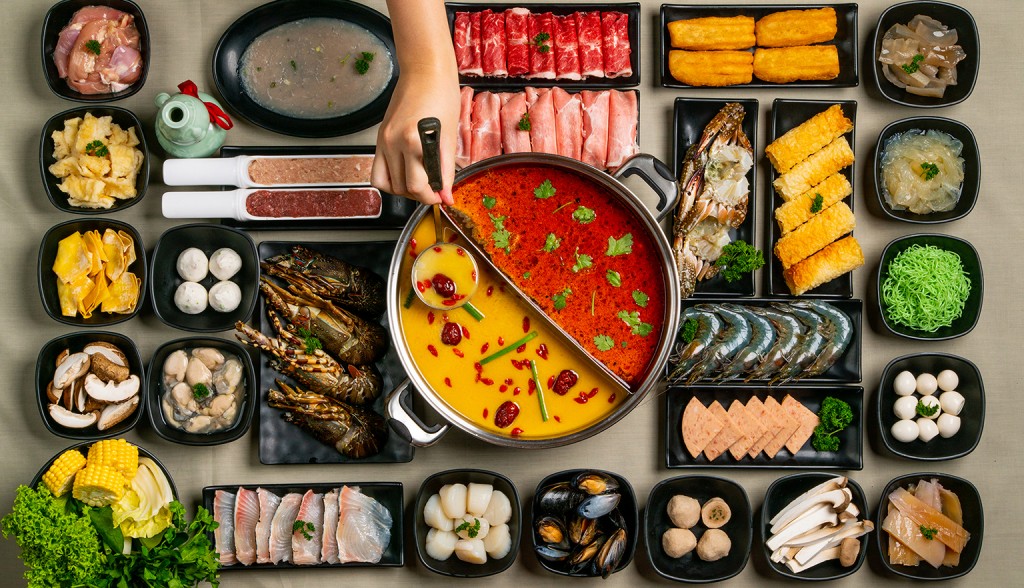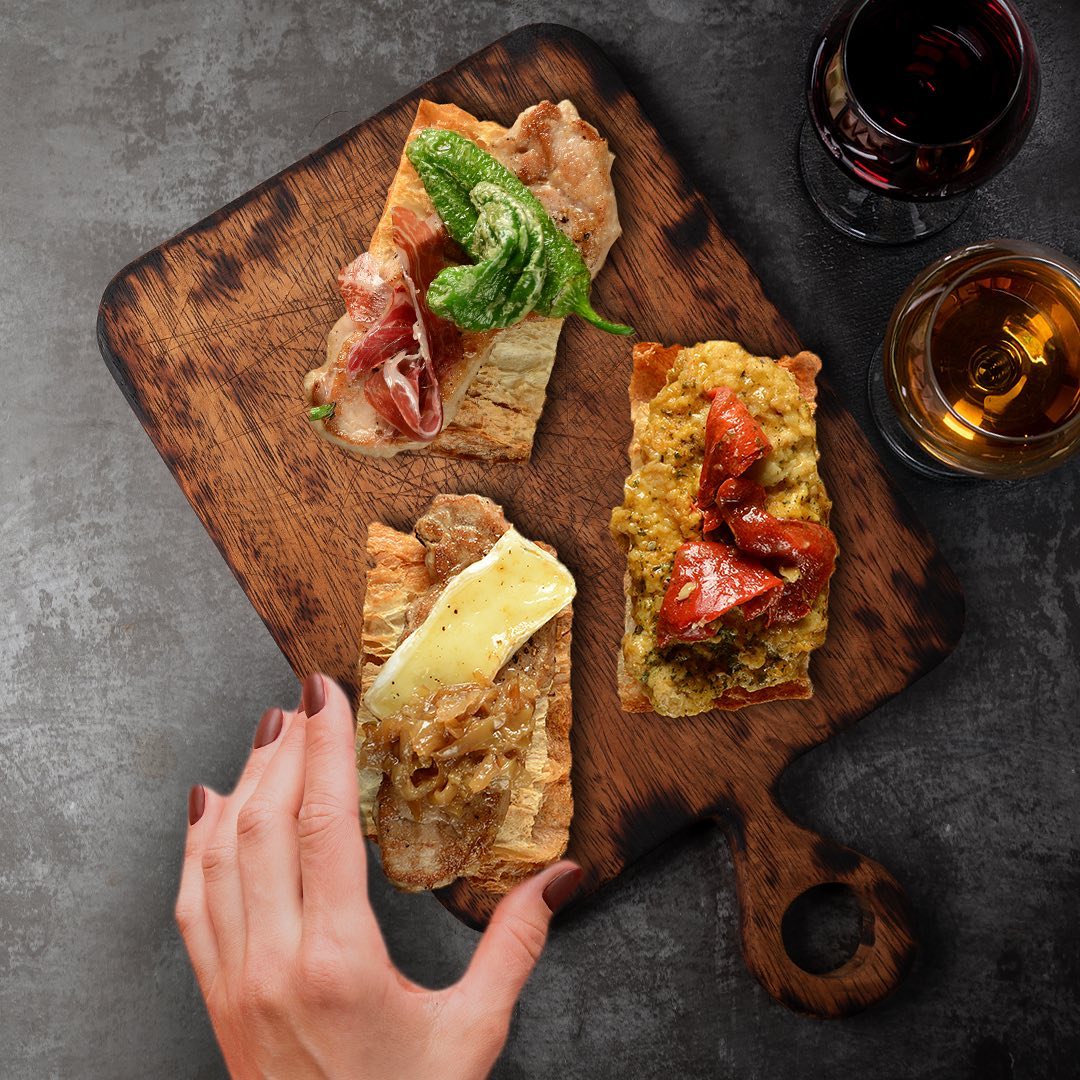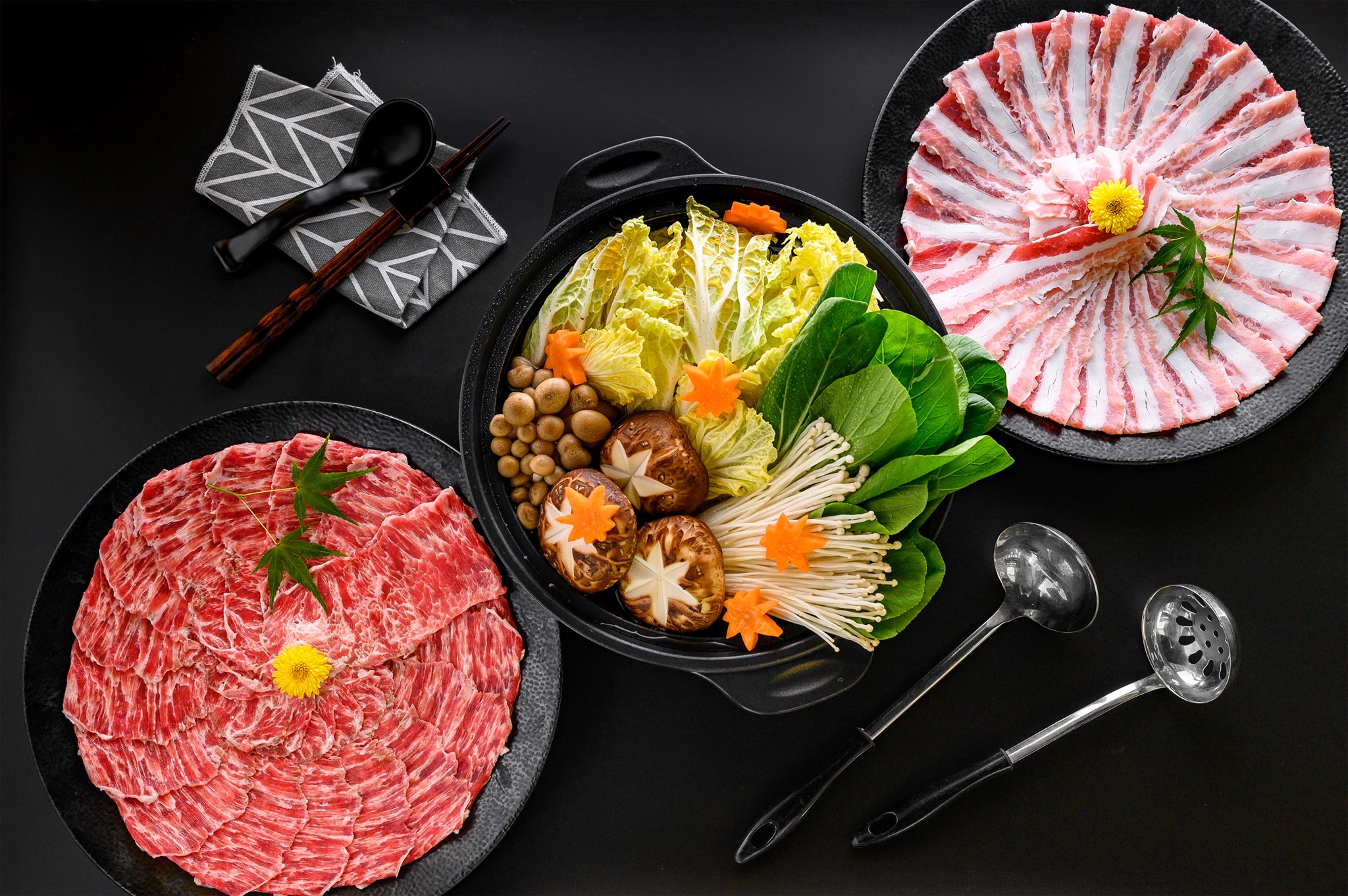Running a restaurant or bar in Singapore is tough business. As often as new concepts come, they also disappear; we’d be lucky to even get wind of their closing. But Brian Stampe, the Chief Operating Officer of Refinery Concepts, is building brands that stand the test of time.
Not one to chase Instafamous food fads that die a quick (often deserving) death, the man behind a whole plethora of F&B brands here, from household names like Kinki, Oriole and Cold Stone, to coveted upmarket concepts like Fat Cow and Bedrock, and of course homegrown 20-year-old The Marmalade Pantry, is more interested in sustainable concepts.
In 2019 alone, he will oversee two new openings—a reborn Marmalade Pantry flagship store at ION Orchard (which opens Feb 25), and Native Kitchen (opening in April) on Sentosa—the latter will be housed within newly opened Village Hotel Sentosa, and is part of parent company Far East Hospitality’s offerings.
Ahead of the new launches, we stole some time off from the busy executive and find out from him what it takes to build dining brands with longevity, make him reveal what new concepts are in the pipeline, and inquires into the places he dines at when he is not busy taste testing at his own restaurants.
It’s been two years since you took on this current role. How different is it from your previous one?
I was previously in the hospitality line. The products may not be the same, but even in F&B, there is a strong service element; and it’s still fundamentally about making customers happy. In hotels, we try to remove the sometimes transactional feel when checking in. In restaurants, it’s still that people-centric business, we meet all our customers. And the core of making sure our staff are empowered with the right skills and attitude is not that different.
Are you personally a foodie?
I love good food. If you ask me for my preference, I much prefer local food. My kryptonite is nasi padang and I won’t just buy from one stall if I’m packing food home. Like on the whole Arab Street stretch, I’ll know what is the best dish to get from each nasi padang stall.
What is your favourite nasi padang stall?
Sabar Menanti II—they make a specific liver dish which is really creamy and good. The other two good ones are Minang House, anything with green chilli there is damn good; and Pariaman, though it has dropped off my radar in recent years. I love hearty food. Personally, I’m not into extreme fine dining. I prefer the simplicity in comfort food sitting in your belly that makes you feel happy.
Do you feel that that translates into what you’re trying to do at Refinery Concepts?
Well, there is a broad spectrum of brands at Refinery, but we’re not far from that even for our semi-fine dining concepts like Bedrock. I didn’t need to tweak it when I came onboard, it has always been built on that; good portions, good quality, non too fussy presentation, and the food speaks for itself. We do that for The Pelican also. Just good food and simple plating, nothing fancy, but the food hits you and you’re happy eating it. I’m not taking credit for that but it resonates with how I feel about food.
Besides Native Kitchen and The Marmalade Pantry flagship, any other new concepts in the pipeline?
We haven’t locked in the name yet, but we have something that’ll open at the start of next year. It’s a bar-restaurant concept. It’ll actually be in a new hotel that Far East is building called The Clan. It’s on the sixth floor, so there will be great views, with the bar on the mezzanine floor. We’re creating a place the nearby business executives will love to come, so it’s a little more upscale, a little more edgy.
Opening sooner will be Native Kitchen.
Yes. It’s our view on how we bring to the fore Sentosa as a resort island, hence the idea of islander-inspired cuisine. We’re drawing from elements around the Asia Pacific islands, around the Polynesia side. For example Singapore as an island also has nasi lemak that we’re curating from. At the same time I have items you’ll find in resorts in Polynesia like coconut-cured ceviches. Our key concept is that we’ll have the best from land and sea, so a grill menu of seafood and meat becomes a core part of the restaurant, augmented with tropical fruit sauces that bring more of the island flavours.
Another big opening, or reopening, is The Marmalade Pantry flagship at ION Orchard.
It’s been 20 years since the first Marmalade opened, and over the years, we’ve found a few mainstays that our customers keep coming back for—things like the seared scallop and prawns, and the spicy crab linguine. We sell 30-40 plates of spicy crab linguine a day just from this one outlet at ION, so per month we sell a thousand plus plates of just this one pasta. As stewards of the brand, we’re here to ensure we don’t drop the consistency, because many customers come back just to order the same thing over and over again.
And there is that collaboration with MasterChef Singapore’s Gen Lee for the opening.
Yes, it is an exciting collaboration and what we’re working with her for is to launch a few new desserts created by her. That’s part of how we’re trying to evolve our offerings, and we’ve also changed the food menu a little. One of the things we’ve added is a lot more Asian-centric dishes like slipper lobster laksa and kimchi donburi. We’ve kept our best sellers, but added just a few new touches.
Another brand going through a revamp is The Pelican?
We’re evolving it. Fundamentally Pelican is two restaurants; we have very casual customers sitting outdoors wanting to have a beer and munch on bites, and indoors, it’s for small groups coming for a full meal with good service. We’re mainly ramping up the indoor experience, tailored to those looking for more upscale dining within. We felt that bringing in dry-aged beef from sister restaurant Bedrock with its 10 years of know-how would really ramp up the meat offering.
How often do you feel you should be refreshing your brands?
I don’t think it is necessary to completely refresh. For Bedrock, most of the signature dishes that people continually order have been around since day one. We have consistency of approach, but how we will evolve is to listen to customers and scan our environment. The idea is not to change for the sake of changing; that is the dangerous part about F&B. If you keep chasing after new fads, you’ll lose sight of your grounding. But we need to hear from your customers because their palates are always evolving.
When do you follow trends and when do you just stick to your guns?
We have to be careful with trends. Some brands tap on that and open with really long queues, then three months later the place is empty. When we look at trends, we need to look at it and review whether it is a fad driven by social media, which is short-lived, or are they creating a sustainable concept that’s missing in the market. And before we embark on it, do we have the competency? If we don’t, it might be a trend best to sit out from.
Is it true that food and concept is just half the job?
Every year, the management team works at a few outlets for a day to walk in the shoes [of the service staff], so we know what’s it really like. Their jobs are not easy. If I want them to treat my customers well, I got to treat them well first. The people part is critical. My key role is actually human capital. You bring the right people in, the food will come out nice, the service will be nice. It’s always about people. The right chef with the right attitude, you give them the platform, they’ll excel. I’d rather take desire over experience, anytime, same with service staff.





